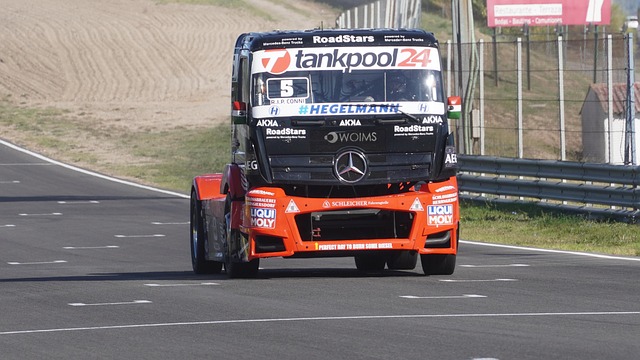In today's world, managing multiple vehicles requires understanding multiple vehicle coverage insurance. This guide explains how to navigate policy changes, adjust limits, deductibles, and endorsements, while leveraging technology and clear communication to maintain continuous protection. By strategically discussing discounts and enhancements, and using digital platforms for updates, you can ensure comprehensive and seamless coverage for all your vehicles, avoiding gaps and maintaining peace of mind.
“In today’s dynamic automotive landscape, managing multiple vehicle coverage effectively is crucial. This comprehensive guide delves into the intricacies of ensuring seamless transitions when adding or changing vehicles. From understanding complex policy dynamics to implementing optimal transition strategies, we navigate the process step-by-step.
Learn how to avoid common pitfalls and master the art of maintaining uninterrupted coverage for all your vehicles, ultimately simplifying your insurance experience.”
Understanding Multiple Vehicle Coverage: A Comprehensive Guide

In today’s world, many households own more than one vehicle, leading to a complex web of insurance needs. Understanding multiple vehicle coverage is crucial for ensuring seamless transitions when adding or changing vehicles. This comprehensive guide delves into the intricacies of insuring multiple cars under a single policy, exploring various factors that influence rates and available options tailored to different scenarios.
Knowing the nuances of multiple vehicle coverage allows you to make informed decisions. Policies can be designed to fit specific needs, offering flexibility in terms of deductibles, liability limits, and coverage types. Whether you’re adding a new car, replacing an old one, or adjusting driver profiles, a well-structured policy guarantees continuous protection with no gaps in coverage. This is essential for maintaining peace of mind and ensuring your vehicles are protected at all times.
Navigating Policy Changes When Adding a New Vehicle

Navigating policy changes when adding a new vehicle is crucial for maintaining seamless coverage transitions. With multiple vehicle coverage, each new addition requires an update to ensure all vehicles are adequately insured under the same policy. This process involves reviewing and adjusting coverage limits, deductibles, and specific endorsements to match the needs of the expanded fleet. It’s essential to communicate these changes clearly with all drivers to avoid any gaps in protection.
Insurance providers often offer flexible policies that cater to different vehicle types and usage scenarios. When adding a new vehicle, policyholders should discuss these options with their insurer. This conversation can help identify potential discounts or coverage enhancements, ensuring the policy remains competitive while providing comprehensive protection for every vehicle on the road.
Seamless Transition Strategies for Optimal Coverage

Seamless transition strategies are essential for maintaining optimal coverage when adding or changing vehicles. One effective approach is to utilize technology-driven solutions, such as digital policy management systems. These platforms enable insurers to quickly and accurately update policies to reflect changes in vehicle details, ensuring no gaps or overlaps in coverage. By integrating real-time data feeds from dealerships and insurance providers, these systems streamline the process of transferring registration, insurance, and warranty information, minimizing errors and delays.
Additionally, proactive communication between insured individuals and their insurers is vital. Clear instructions on how to notify changes, along with dedicated customer support channels, can facilitate smooth transitions. Insurers should provide detailed guidelines for updating personal details, vehicle specifications, and coverage preferences. Regular reminders and follow-up communications ensure that policyholders stay informed, reducing the likelihood of unexpected coverage lapses. This holistic approach combines technological advancements and transparent communication to achieve seamless transitions in multiple vehicle coverage scenarios.
Common Pitfalls to Avoid During Vehicle Coverage Upgrades

When upgrading your vehicle coverage, there are several common pitfalls to steer clear of to ensure a seamless transition. One major issue is neglecting to thoroughly research and understand the specific needs of each new or updated vehicle. Every car, truck, or SUV has unique characteristics that demand tailored insurance coverage options. For instance, high-performance vehicles may require specialized policies addressing their increased risk factors.
Another pitfall involves failing to communicate effectively with your insurance provider. Keeping them informed about changes in your fleet is crucial. This includes providing details on new vehicles, their intended use, and any modifications made for optimal performance or safety. Clear communication ensures that coverage limits, deductibles, and endorsements are appropriately adjusted, avoiding potential gaps in protection when it matters most.
When managing multiple vehicle coverage, a smooth transition is key. By understanding policy changes and employing seamless strategies, you can avoid common pitfalls and ensure optimal protection for all your vehicles. Remember, a well-navigated upgrade process means continued peace of mind on the road ahead.
